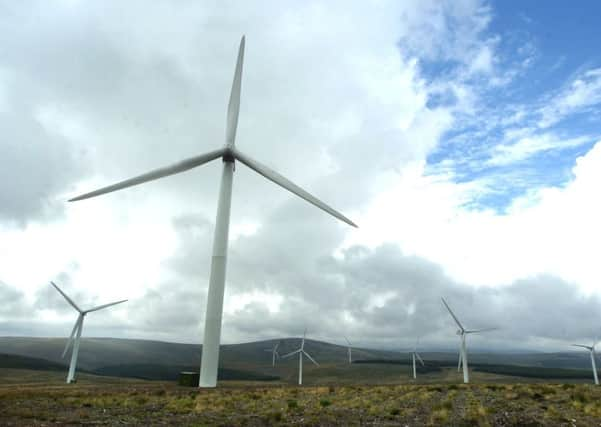Roger Cox: What would John Muir make of wind farms?


Roosevelt must have been paying attention, because after he got back to the White House he signed the Yosemite Recession Bill, bringing more of the Yosemite Valley under federal protection, and he went on to sign into existence five more national parks, 55 national bird sanctuaries and wildlife refuges, and 150 national forests – all of which probably makes Muir the most successful lobbyist in the history of American politics.
Today, as part of the East Neuk Festival, the walker, climber, swimmer, skier, award-winning nature writer and chair of Man Booker judges Robert Macfarlane will discuss Muir’s legacy with the journalist and author Tim Dee; and he jokes that, like Muir, he would relish the chance to go on a camping trip with a major decision-maker and discuss the importance of preserving wilderness areas. His political yomping buddy of choice? First Minister Alex Salmond.
Advertisement
Hide AdAdvertisement
Hide Ad“I have this Muir-ish dream of taking him up into the hills,” says Macfarlane. “I understand he’s quite busy at the moment, but I’m sure he could find time for a couple of days up in the Cairngorms and a night in the Hutchison Memorial Hut just under Loch Etchachan. Please do convey the invitation to him and consider it standing.”
I ask Macfarlane what he thinks Muir would make of Scotland today. “I think he’d want to reforest it,” he says, “I think the first thing he’d want is more trees. I also think he would be dismayed at the ownership structures. I think he’d be dismayed at deer forest and grouse moor as the major units of terrain in the Highlands, and he’d want to change that too.”
And what would Muir have thought of wind turbines? Would he simply have been upset by their visual impact on the landscape? Or would his reaction have been more complicated than that? Would he also have marvelled at their technological ingenuity? And, once appraised of the dangers of man-made climate change, might he even have come to see them as a necessary evil?
“Muir was a geek as well as a seer and a prophet,” says Macfarlane, “and in a way I think it’s his geekiness with tech stuff which made him a nature geek – he was thrilled by intricacy. So yeah, I think like a lot of people he would have been astounded by these great white flowers, but he would also have been troubled by the immense presence they impose on the landscape. I hope he would have been all for community [windfarm] developments – smaller scale, sensitively sited etc etc – but I think he would have wanted to see the hills covered with trees before he saw them covered with turbines.”
Macfarlane has previous as an anti-windfarm campaigner, having been involved with the protests against the AMEC project planned for the Isle of Lewis, a scheme which was eventually defeated. He has recently completed a book, Landmarks, due out next year, which touches on this theme, and on the links between landscape, language and literature.
“The moor [on Lewis] was perceived as waste and wild in the empty, barren sense by those who thought it would benefit from a forest of turbines, but part of the battle was restoring detail and intricacy. There’s that famous Hugh McDiarmid poem [Scotland Small?] about the Scottish landscape looking like ‘nothing but heather’ but actually, when you look closely, it becomes this astonishingly intricate ecosystem.”
Macfarlane describes the plight of the Monadhliath Mountains, where a 67-turbine development has just been approved at Stronelairg, as a comparable case. “It’s a very quiet range, not much visited, and yet it’s a remarkable landscape that needs a certain kind of development – and I don’t believe it’s wind development.”
• Robert Macfarlane and Tim Dee discuss the legacy of John Muir at Cambo House, Fife, today, 4.30pm; Macfarlane reads extracts from his work (including Landmarks) at Kilrenny Church, Fife, tomorrow at 11am, www.eastneukfestival.com